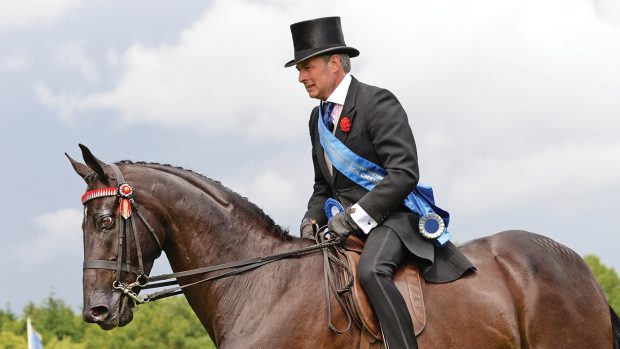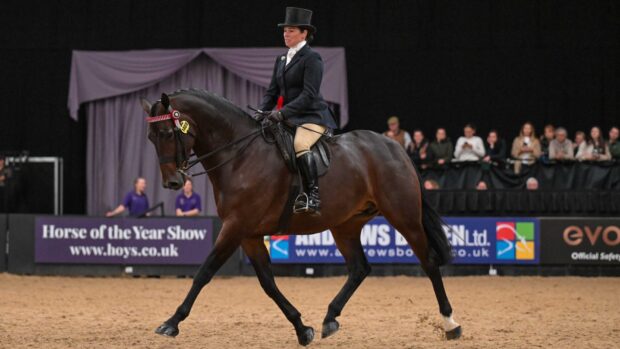Showing “training classes” to help competitors understand what judges are looking for are to be introduced by the British Show Horse Association (BSHA) next April.
The classes will be held at the BSHA’s Midlands Spring Championship Show on 17 April and organiser Jo Jenkins told H&H: “Many people are consistently placed fifth or sixth — they want to know how to get to that next place up the line.
“People want constructive criticism, but judges are concerned they may take it the wrong way.”
In each class — for hacks, cobs and riding horses — competitors will walk, trot and canter on the right rein.
After an initial line-up, the animals will be assessed by conformation and ride judges and competitors given an individual, but brief, critique at each stage.
“For example, the ride judge might explain that, while a horse was very obedient, it was rather stiff on one rein,” Ms Jenkins explained. “There is a difference between a good ride and an obedient ride.”
The innovation follows a discussion at the BSHA’s annual meeting in November, at which young member Bonny Cole suggested judges used a marking system to ensure “transparency” in showing.
“I have experienced some ambiguous judging,” said Bonny, who is a BSHA probationary judge and a British Show Pony Society (BSPS) ride judge. “A marking system would give more clarity.”
The BSHA board rejected a marks system, deeming it to be too complicated.
Nigel Hollings, BSHA chairman, explained: “The marks system is used for BSPS classes because it’s sometimes difficult to communicate to a child why their pony has been placed down the line.
“But with BHSA classes, sometimes the exhibits are ridden by the judges and three sets of marks to add up would complicate things.”
But the training classes have been warmly welcomed by BSHA members.
“We’d originally intended only three training classes, but members have reacted so positively we’re going to have to put on more,” added Ms Jenkins.
This article was first published in Horse & Hound (17 December, ’09)



